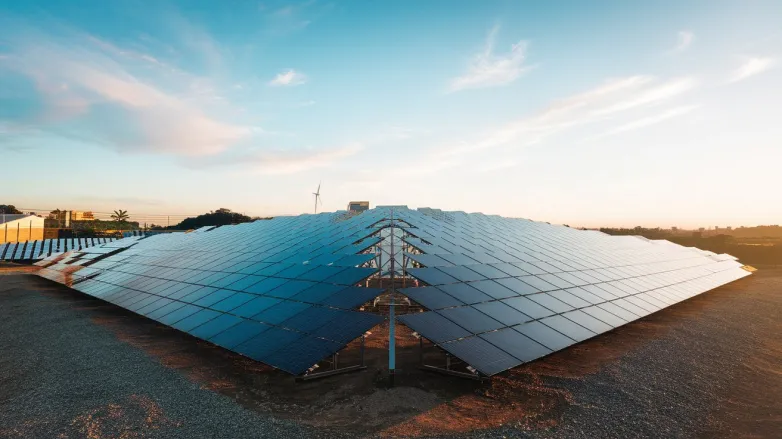ADB approves loan to modernize Cambodia grid for renewables integration
- ADB approved a USD 52.72m loan to modernize Cambodia’s grid, easing congestion, improving reliability, and enabling greater renewable energy integration through targeted upgrades.

Cambodia’s power system just got a timely boost. The Asian Development Bank (ADB) has cleared a USD 52.72 million loan to help the country upgrade critical parts of its transmission and distribution network—work that should make it easier to connect new solar and wind while shoring up reliability for rapidly growing demand. The financing targets a familiar bottleneck across emerging markets: grid infrastructure that hasn’t kept pace with economic growth or the surge of variable renewables.
What will change on the ground? Expect a bundle of pragmatic upgrades. Substations will be modernized with digital protection and control systems; congested feeders will be reconductored to carry more current; and system operators will gain better visibility via new monitoring and communications equipment. Those steps don’t grab headlines like a new power plant, but they unlock megawatts by reducing losses, lifting transfer capacity, and shortening restoration times after faults.
For developers, a more capable grid translates to faster, more bankable interconnection. Projects clustered near reinforced nodes face fewer curtailment risks, while clearer grid data helps lenders quantify operational exposure. The upgrades also set the stage for smarter integration—think: advanced inverters providing voltage support and frequency ride-through, and, over time, small batteries where feeders need peak shaving.
Households and businesses should feel the difference as fewer outages, steadier voltage, and a slower rise in tariffs as network losses drop. For policymakers, the loan aligns with Cambodia’s goals to diversify beyond imported fuels and reduce the cost of power in industrial zones competing for foreign investment.
The near-term checklist is concrete: finalize equipment specs, sequence substation works to avoid service disruptions, and train utility crews on the new protection schemes. Done well, the project turns incremental improvements into system-wide gains—making space for the next wave of renewable capacity while delivering a sturdier grid for today’s consumers.
Also read


